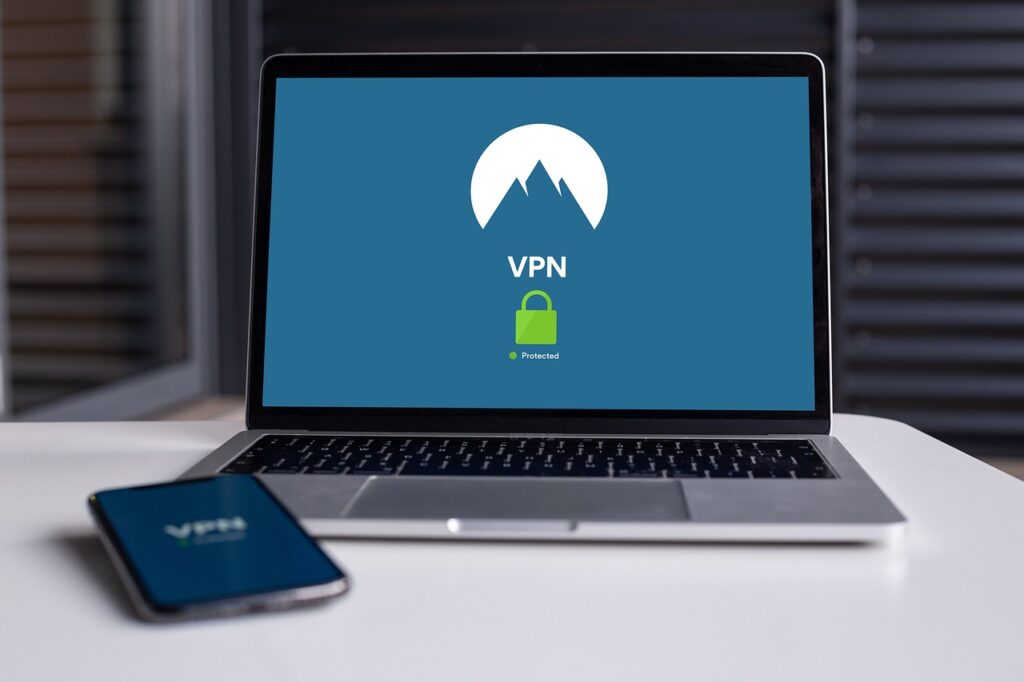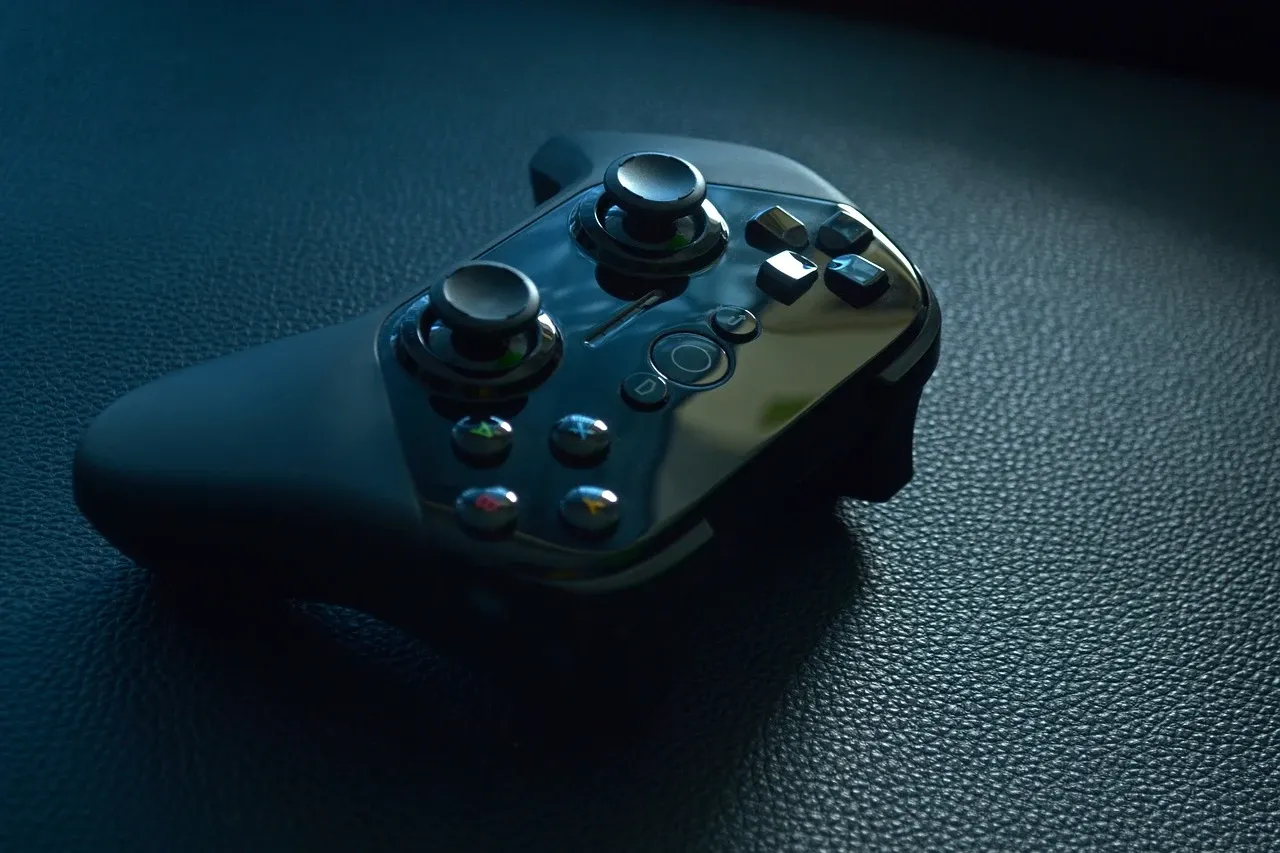Investing in an external storage device can significantly enhance your data management and backup capabilities. However, with various options available, knowing what to consider can help you make the right choice. Here’s a guide on key factors to look for when buying an external storage device.
Storage Capacity

The first consideration should be the storage capacity. Assess how much data you need to store, including documents, photos, videos, and applications. If you handle large files or plan to back up multiple devices, opting for a higher capacity device will be beneficial. Think ahead about your future needs to ensure you don’t outgrow your storage too quickly.
Type of Storage
External storage devices come in different types, primarily HDDs (hard disk drives) and SSDs (solid-state drives). HDDs typically offer more storage for a lower cost but are slower and more prone to physical damage. SSDs, while more expensive, provide faster performance and better durability, making them ideal for frequent use or travel. Choosing the right type depends on your specific needs for speed versus capacity.
The connection type is crucial for speed and compatibility. Look for devices with USB 3.0 or USB-C connections, as these offer faster data transfer rates compared to USB 2.0. If you have specific devices in mind, ensure the storage device supports those connections for seamless integration.
Portability and Design
If you plan to travel with your external storage device, consider its size and design. Smaller, lightweight drives are easier to carry but may sacrifice capacity. Additionally, look for sturdy builds or rugged designs that can withstand physical shocks and harsh conditions.
Durability is particularly important for devices that will be moved frequently. SSDs generally offer better resilience compared to HDDs, which have moving parts. If you choose an HDD, look for models with protective enclosures that can withstand drops and bumps.
Security Features
Data security should not be overlooked. Many external storage devices now offer encryption options to protect your files from unauthorized access. If security is a priority for you, consider devices with built-in encryption software or those that support password protection.
Ensure the external storage device is compatible with your operating system, whether it’s Windows, macOS, or Linux. Some drives may come pre-formatted for specific systems, which could limit usability across different platforms. Check if the device requires reformatting for your OS and be mindful of any specific formatting needs.
Additional Features

Look for any additional features that might enhance your experience. Some external drives come with backup software, allowing for easy and automatic backups of your data. Others may offer cloud storage integration, enabling access to your files from multiple devices. Consider what features are most valuable to you and how they align with your data management needs.
Choosing the right external storage device involves evaluating your specific needs and preferences. By considering factors such as storage capacity, type of storage, connection interface, portability, durability, security features, compatibility, and additional functionalities, you can find a device that perfectly suits your requirements. With the right choice, you’ll enjoy better organization and secure access to your important data.




Leave a Reply